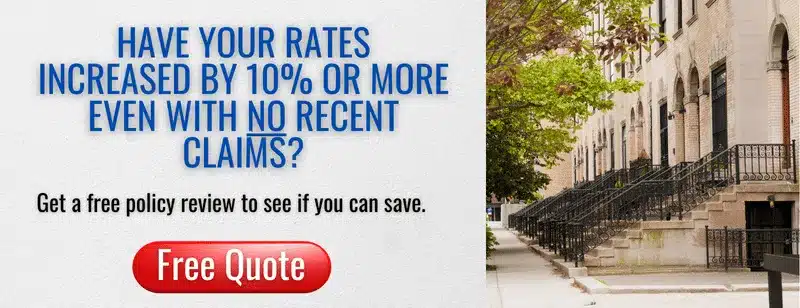Landlord Tips for Preventing Slips, Trips and Falls

Whether out in public or around the home, slips, trips and falls are a common—and often preventable—source of injuries and death. According to the Centers for Disease Control and Prevention (CDC), a combination of physical health factors, including poor balance and vitamin deficiencies, and physical structures, such as slippery or uneven surfaces, result in more than 800,000 hospital admissions each year. Worse yet, about 30,000 Americans, mostly age 65 and older, die annually from fall-related accidents.
For landlords and building owners, preventing slips, trips and falls is a critical part of property management. Ensuring the safety of tenants and visitors is a top priority, along with avoiding liability lawsuits.
Tips for Preventing Slips, Trips and Falls
There is a reason there are so many practicing personal injury attorneys—injuries and death from falls affect roughly 3 million Americans yearly. Fortunately, reducing the risk of these accidents often comes down to good housekeeping and maintenance.
Clean floors
Slick surfaces from inclement weather or occasional spills can lead to slips. Create and communicate a building plan for reporting, and responding to, hazardous conditions. After cleaning, post signs that alert passersby that slippery conditions may exist.
Install proper lighting
Poor lighting often contributes to falls, especially on stairs and walkways. Replace burned-out bulbs promptly. Use lights with enough wattage to make sure obstacles can be clearly recognized.
Maintain sidewalks
Snow and ice can make walkways highly hazardous during the winter months. Sidewalk defects, such as cracks and tree roots, can cause injuries year-round.
Pick up clutter
Keeping hallways, common areas and storage areas free from clutter will decrease the risk of trips and falls. Communicate building housekeeping policies to tenants, and enlist their assistance in keeping the property safe.
Safeguard stairs
Stairs are among the most dangerous areas and should receive special attention. Make sure any non-slip protection, such as carpets and pads, are in good condition. If not, replace them—it’s much cheaper than a lawsuit. Also, regularly check railings to ensure they are securely anchored to walls and/or floors.
Enlist community help
Make it easy for tenants—or visitors or delivery personnel—to report potential fall hazards. Post signs throughout the property with a phone number that people can call or text. Even if the building has a superintendent or property manager on site, other community members might spot an issue first.
Inspect and correct
Overall, superintendents and landlords should conduct routine inspections, repairing any conditions that could cause falls, such as fraying carpet, leaks, exposed cords, and other tripping or slipping hazards.
In addition to keeping residents safe, these practices can improve your overall building profile and help you qualify for the best possible property insurance rates.
We hope you find this information helpful. If you have any questions on improving your risk profile or about your landlord insurance, please call our office at 877-576-5200 or post them below.

